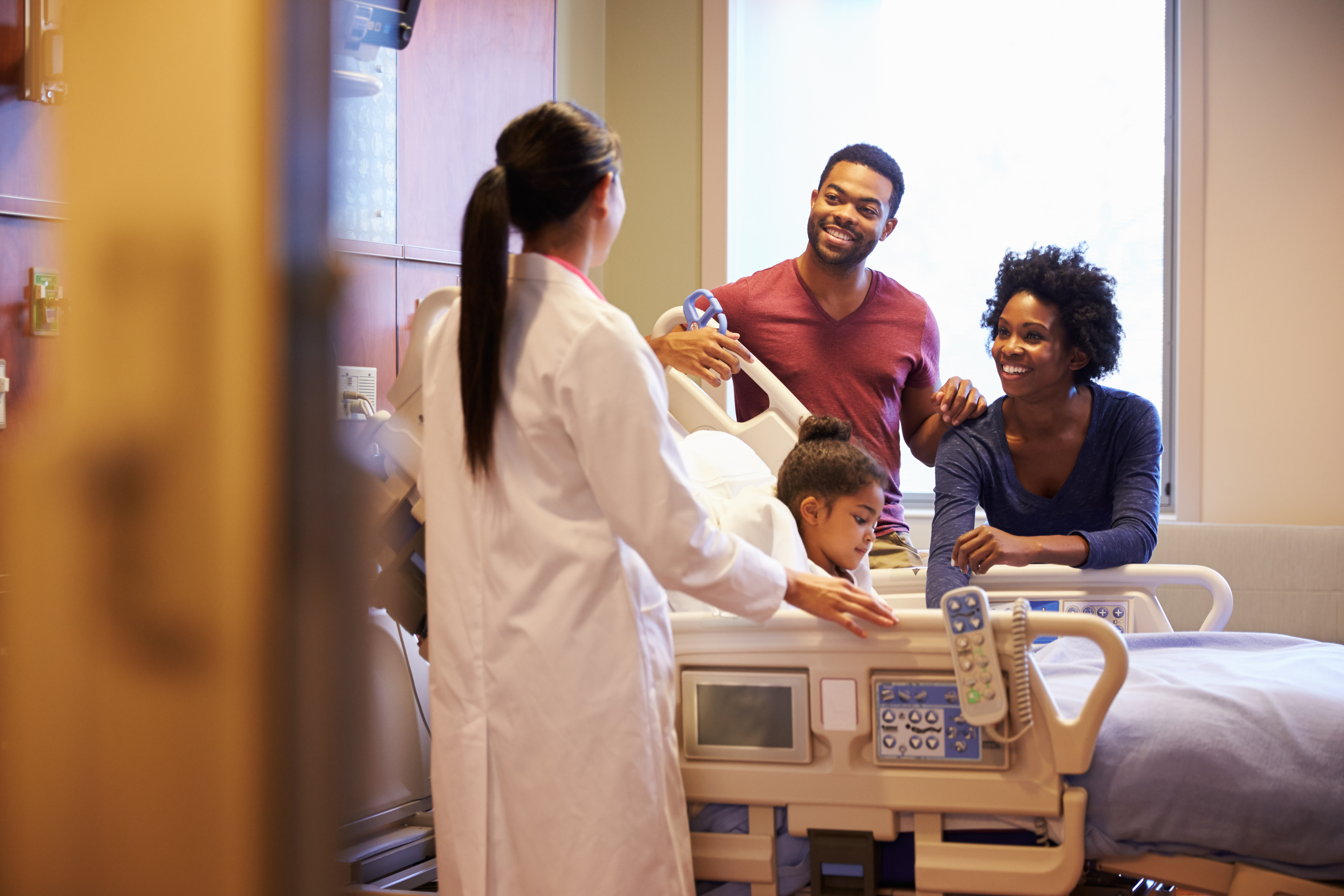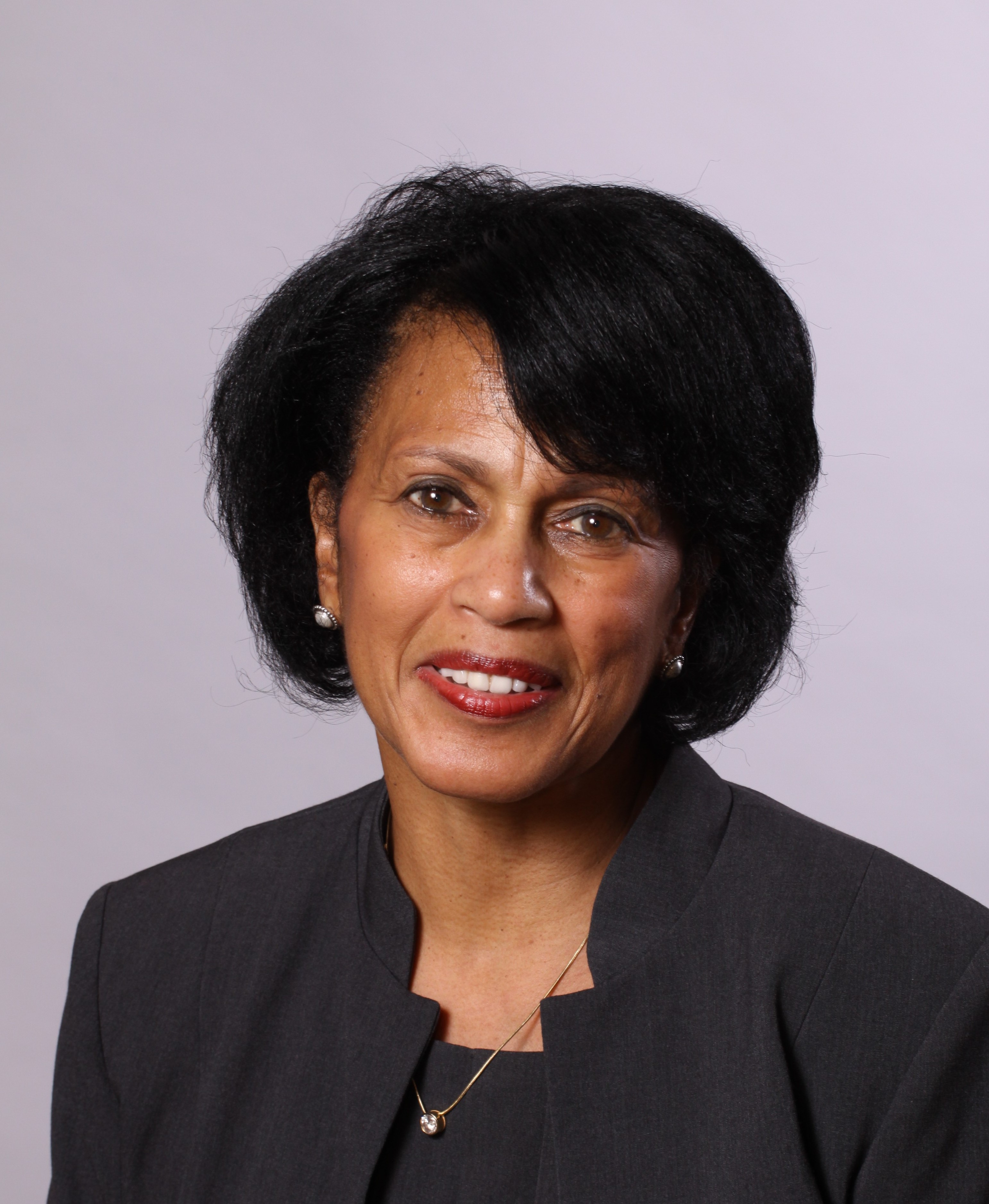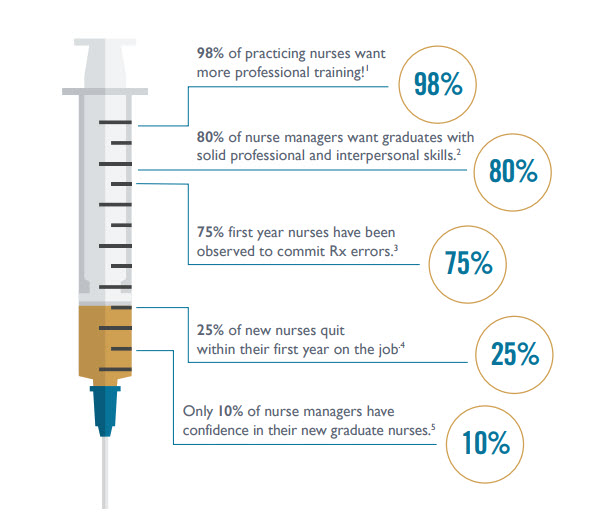Of course, technology is a huge one! Just using my phone and staying in touch with all my colleagues simultaneously…None of that was available. We thought, “Perhaps it’ll happen in the future,” but it was much more a fantasy than it was reality. And, then it just seemed to happen and burst out all at once. So, all of that is being integrated into the healthcare that is being delivered.
The technology for the patients makes a big difference, too. People are living longer and instead of suffering from an illness and passing away, they tend to live with the illness instead. There are all types of chronic illnesses that we did not see extend when I was [entering the nursing field]. That’s very important, but it also creates a huge difference in the problem areas.
The other piece is that education for nurses is different. When I was coming through [as a new nurse], there was no simulation and we gave each other injections with salt water, which was a little bit painful and I still feel like there are colleagues who are holding me accountable for giving them their first injections!
So, all these changes have been occurring and some are just incredibly wonderful and some raise questions like, “How are we going to make sure that nurses remain the bridge between technology and the patient? Are we actually moving the patients through the system too quickly? Where are we moving them to once we discharge them? Are we sure that they have a zip code and that they have a place to go?” Those are the kinds of questions and issues that must be faced as things move quickly.
Also, the hospital is becoming a critical care hub. When I was coming through, it was just the place to be and the community was sort of like a sideshow. But now, the community is becoming the core and people want to stay in their homes. And, there’s so much more to healthcare than just giving the care itself. Now, we have to ask, “How do you adjust to being at home with whatever illness you have or whatever situation you’re in?” and, “How does your family adjust to that with you?” So, all of these important things that were on the edge, tipping around the corner when I was coming through are now central to caregiving.



